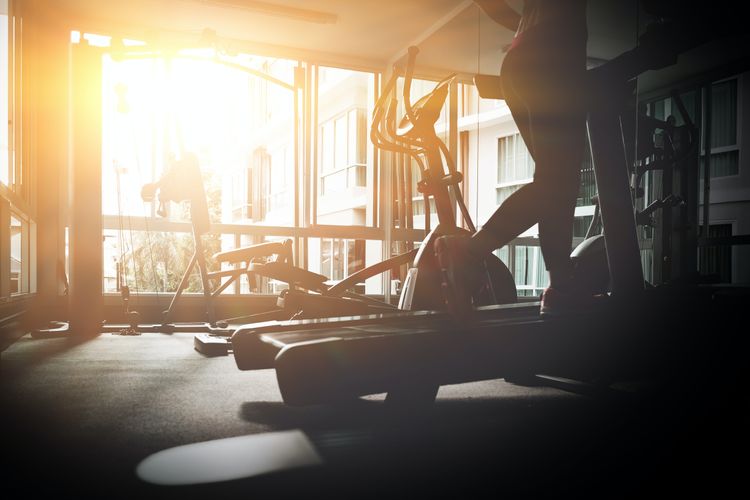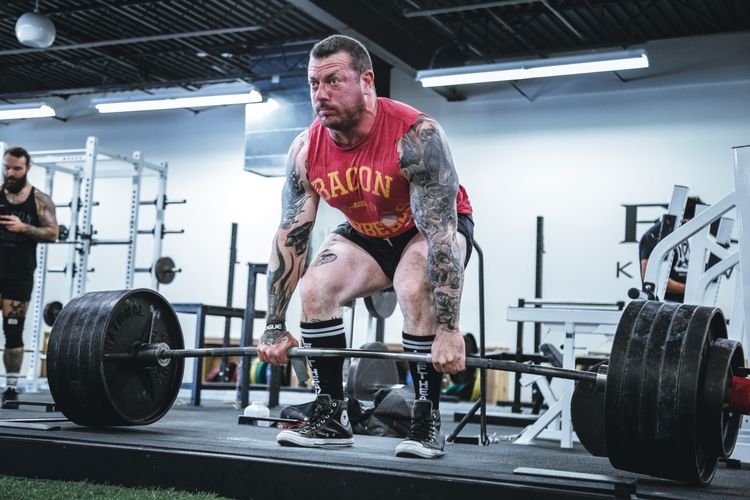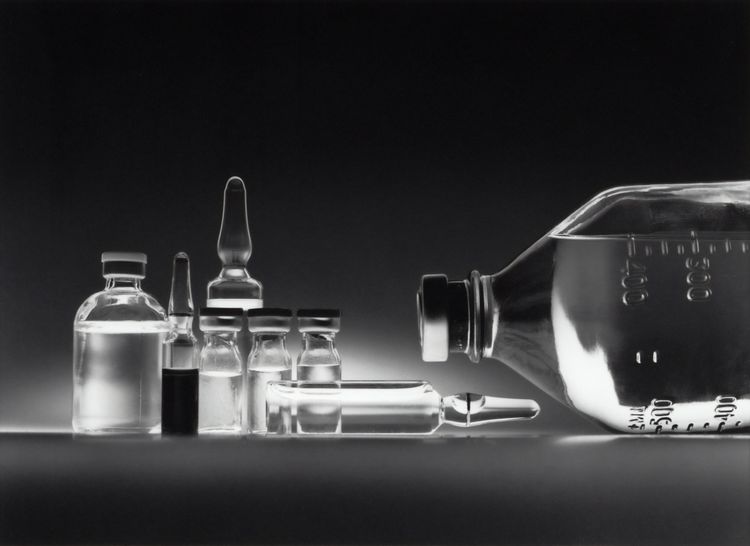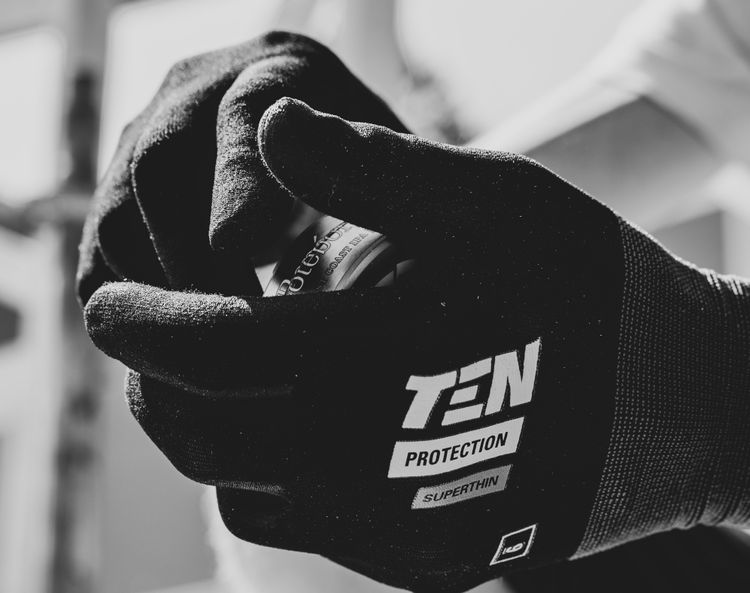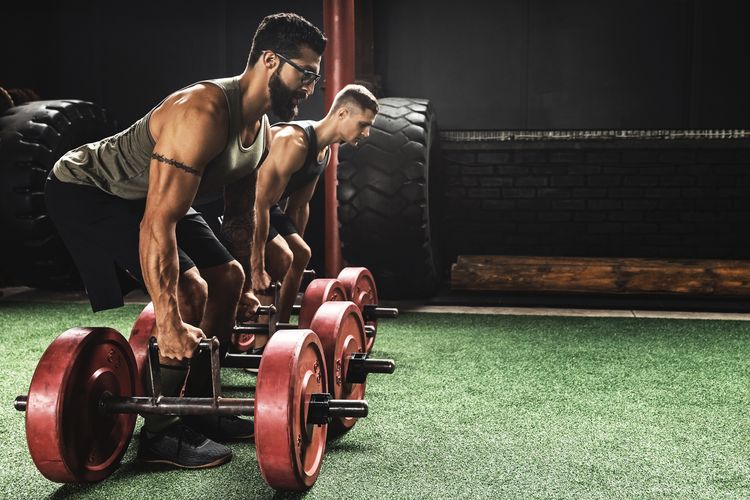Liquid Chalk vs Regular Chalk: Which Is Better for Grip?
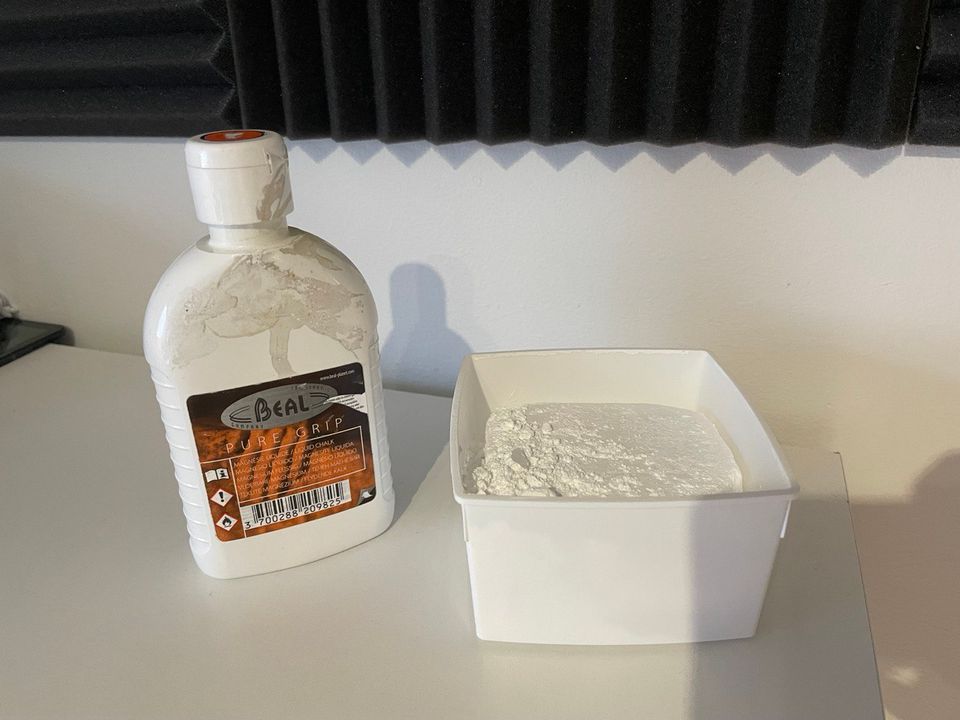
Understanding Chalk Types: Liquid and Regular Chalk
In the world of strongman training, it's no secret that grip is a critical factor in your performance. Whether you're new to the game or a seasoned athlete, the type of chalk you use can greatly influence your grip, and by extension, your overall performance. But with so many options available, it's challenging to determine what's best for you. To make an informed choice, let's break down the two common types: liquid chalk and regular chalk.
Regular chalk, often available in the form of a chalk block or chalk powder, is widely used by strongman athletes. Regular chalk absorbs sweat, creates friction, and thus provides a better grip. It's popular for its ease of use - you simply grab the block or dip your hand in the powder, and you're ready to go. However, it can be messy and requires frequent reapplication, which might disrupt your flow during intense training sessions.
On the other hand, liquid chalk is essentially a suspension of magnesium carbonate (the same substance found in regular chalk) in alcohol. When you apply it to your hands, the alcohol evaporates quickly, leaving behind a thin, even layer of chalk. This method provides a consistent, mess-free application, and it usually lasts longer than regular chalk. But it does require a bit of preparation, as you have to wait for it to dry before starting your set.
Comparing Grip: Liquid Chalk vs Regular Chalk
Now let's dive into the heart of the matter: which of these chalks offers a better grip?
- Dryness and Consistency: Both chalk types effectively absorb moisture and provide a dry grip surface. However, liquid chalk tends to offer more consistency. The layer it forms is uniform and stays put, while regular chalk might clump or rub off.
- Longevity: Liquid chalk generally lasts longer on your hands. With regular chalk, you may need to reapply it multiple times during a workout.
- Messiness: Regular chalk can be somewhat messy. It gets everywhere - on your equipment, your clothes, even in the air. In contrast, liquid chalk keeps mess to a minimum.
- Cost and Availability: Regular chalk is often cheaper and more readily available than liquid chalk.
While both types have their pros and cons, it's important to remember that personal preference plays a significant role. What works best for one person might not work as well for another. The choice between liquid and regular chalk is highly personal and depends on your unique training habits and tolerance levels.
Final Thoughts: Making the Choice
Selecting between liquid chalk and regular chalk is not a one-size-fits-all decision. Each form has its strengths and might work better in different situations. If you're looking for longevity and consistency with minimal mess, you may find liquid chalk more suitable. On the other hand, if you prefer ease of use, cost-effectiveness, and don't mind a bit of mess, regular chalk could be your best bet.
Remember, the ultimate goal is to enhance your grip and performance. Test out both forms, see how they feel, and make an informed decision. You might even find that a combination of both works best for you!
- Liquid chalk: Long-lasting, consistent, mess-free
- Regular chalk: Easy to use, cost-effective, widely available
Whatever your choice, always remember: the key to becoming a successful strongman isn't just about choosing the right gear, but also about hard work, dedication, and consistent training. Your chalk, whether liquid or regular, is just a tool to help you achieve your best performance. Happy training!

